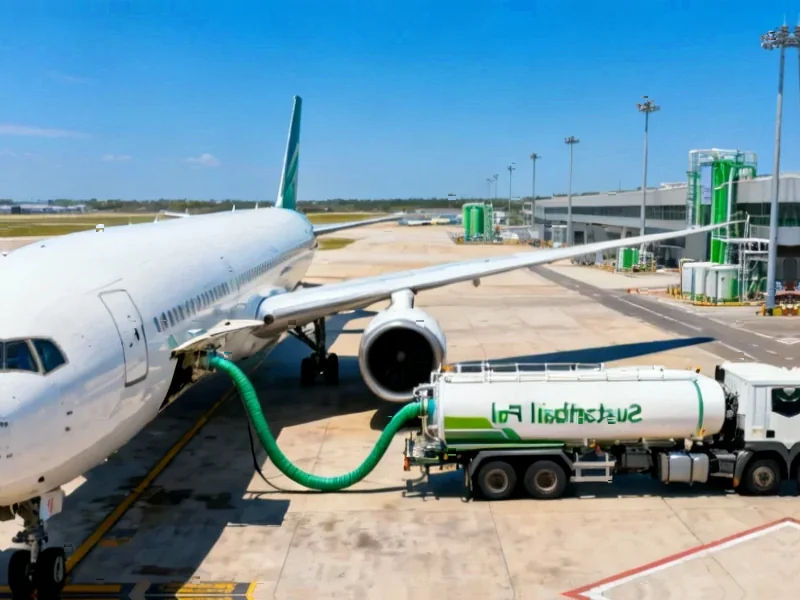According to Aviation Week, AAR Corp. has acquired HAECO Americas for $78 million in an all-cash transaction, significantly expanding its heavy maintenance capacity across the United States. The deal includes five hangars in Greensboro, North Carolina, and seven in Lake City, Florida, with AAR describing HAECO as “the second largest heavy maintenance provider in North America behind AAR.” AAR’s chairman John Holmes revealed the acquisition comes with secured customer agreements totaling over $850 million in sales over multiple years, while the company’s base maintenance slots are reportedly sold out until 2027 or 2028. The transaction also brings 1,600 employees, including 30% veterans, addressing critical workforce shortages in the competitive MRO sector. This strategic move positions AAR to capitalize on unprecedented maintenance demand while signaling broader industry trends.
The Great MRO Consolidation Accelerates
This acquisition represents more than just AAR expanding its footprint—it signals the acceleration of MRO industry consolidation at a pivotal moment. With aircraft deliveries projected to increase significantly over the next decade and older fleets requiring more intensive maintenance, the capacity crunch has created a seller’s market for established MRO providers. AAR’s move to absorb its closest competitor demonstrates how scale becomes critical when facing labor shortages, supply chain constraints, and the capital intensity of modern maintenance operations. We’re likely to see similar consolidation among mid-tier MRO providers who lack the digital capabilities and geographic reach to compete effectively.
Workforce as Strategic Asset in Tight Labor Market
The inclusion of 1,600 experienced technicians—30% of them veterans—may prove to be the most valuable component of this transaction. The aviation maintenance sector faces projected shortages of nearly 600,000 technicians globally over the next two decades, making established maintenance teams strategic assets. Veterans bring not only technical training but also the discipline and safety culture that aviation maintenance demands. AAR’s ability to integrate these teams while applying its digital methodologies from recent acquisitions like Trax and Aerostrat could create a template for how mature MRO providers scale efficiently in a constrained labor environment.
Long-Term Implications of the Capacity Crunch
The fact that AAR’s maintenance slots are booked through 2027-2028 reveals structural challenges in the MRO ecosystem that extend beyond temporary market fluctuations. Airlines facing these lead times may be forced to reconsider fleet retirement schedules, potentially extending the service life of older aircraft despite higher maintenance costs. This capacity constraint also creates opportunities for emerging MRO markets in Asia and Eastern Europe to capture overflow work, though quality control and logistics present their own challenges. The HAECO acquisition gives AAR immediate capacity relief, but the industry-wide slot shortage suggests we’re entering a prolonged period where maintenance availability could influence aircraft acquisition and retirement decisions.
Digital Transformation as Competitive Differentiator
AAR’s mention of applying its digital methodologies to HAECO operations highlights how technology adoption is becoming a key differentiator in traditionally labor-intensive MRO operations. The integration of predictive maintenance, digital twins, and lean manufacturing principles allows larger providers to achieve throughput and predictability that smaller competitors cannot match. As MRO operations become increasingly data-driven, the capital requirements for digital transformation will further separate market leaders from regional players. AAR’s strategy suggests that future MRO competitiveness will depend as much on software platforms and data analytics as on physical hangar space and technical expertise.




